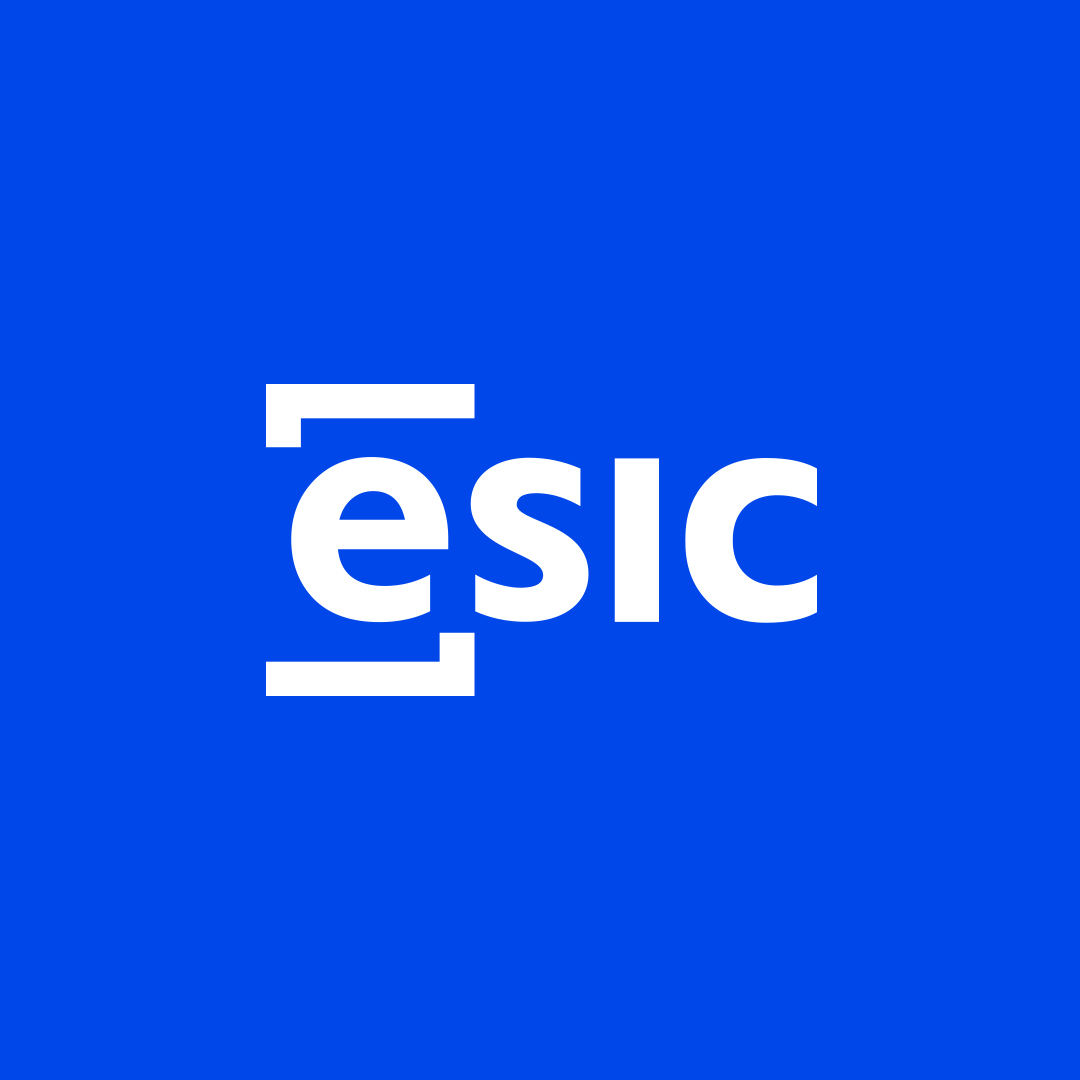
The development of alternate payment methods and their impact on customer behavior: The Bizum case in Spain
Business | Artículo- May 2022
- Fecha de publicación
- May 2022
- Business
- Artículo
Through a single case study - Bizum's DBE - the purpose of this research is to explore how successful was the defensive strategy developed by traditional banking entities with the objective to lead the new mobile instant payment ecosystem in Spain.
Technological disruption and social transformation are shaping and explain the radical changes introduced in financial services. A new technological mix of mobile-apps, big data, blockchain, AI, cloud computing and digital platforms is taking place with unprecedented speed and is forcing traditional banks to consider this technology to form part of new collaborative value creation networks, such as digital business ecosystems (DBEs). Traditional payment habits based on cash and credit or debit cards are being replaced by new innovative formats of mobile instant payment among end users (P2P).
The findings show that Bizum's DBE is helping traditional banking entities to create a superior digital value that is being adopted very quickly by a huge number of users in Spain. The main contribution of this study is the complete explanation of how a winning strategy of creation and development of a Digital Business Ecosystem can:
i) ensure survival of incumbents in the face of threats from digital disruptive actors, and
ii) transform consumer habits very quickly, due to the superior created value as a new solution for that need.
We used the novel reformulation of the Modularity Theory (Baldwin, 2020c) which can be considered as a first step for a DBE-specific theorisation and supportive framework to understand the deep social impact of the different network effects generated.
Finally, we highlight the critical factors of Bizum’s DBE which explain how it was built and why it was able to succeed by providing digital value in a critical common need: payments. In summary, Bizum solves technical or strategic bottlenecks within the coopetition environment of its technical systems, where it operates as an orchestrator.
- José María Visconti-Caparrós is Expert Council Member of the digital innovation consulting company Opinno, previously in Deloiite, 3M, Maxam with an extensive background in strategy, marketing, digital projects and agile methodologies (Lean 6 sigma), new venture development, digital business, and corporate partnership and strategic alliances. He is also director of the MMD, MDM and MDB programs at ESIC Business & Marketing School, Spain.
- Juan Ramón Campos-Blázquez is the director of the innovation agency Stigmergy and board member of People4. He has an extensive background in innovation leadership, innovation processes and innovation culture development. He is also director of the EMBA and MBA programs at ESIC Business & Marketing School, Spain.
También te puede interesar

Faceless marketing: qué es y ejemplos de marcas que triunfan en el anonimato
En un panorama digital cada vez más saturado de rostros e influencers, ha surgido una estrategia de marketing que le da la vuelta a la necesidad de personalización: el faceless marketing. Esta tende...
- Publicado por _ESIC Business & Marketing School

Software para Retail: la guía para elegir la tecnología que tu tienda necesita
En el dinámico mundo del comercio minorista, la tecnología es imprescindible para ser eficiente y crecer. Tanto en las pequeñas boutiques como en las grandes cadenas, el software para retail transf...
- Publicado por _ESIC Business & Marketing School

Chatbots para WhatsApp: qué son y cómo crearlos para automatizar tu negocio digital
En la era del digital business, la inmediatez y la personalización en la comunicación con el cliente son factores críticos para el éxito. WhatsApp, con miles de millones de usuarios, se ha consoli...
- Publicado por ESIC University

